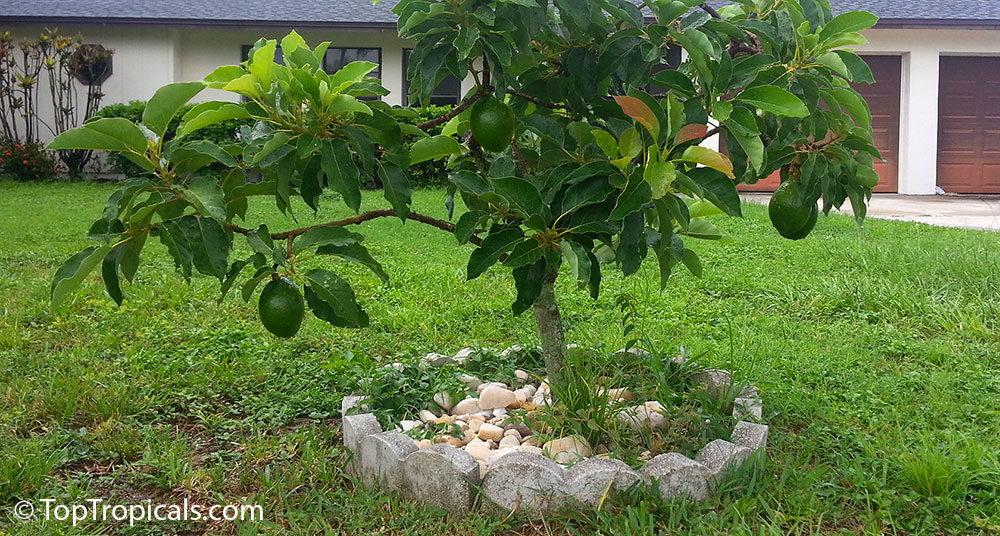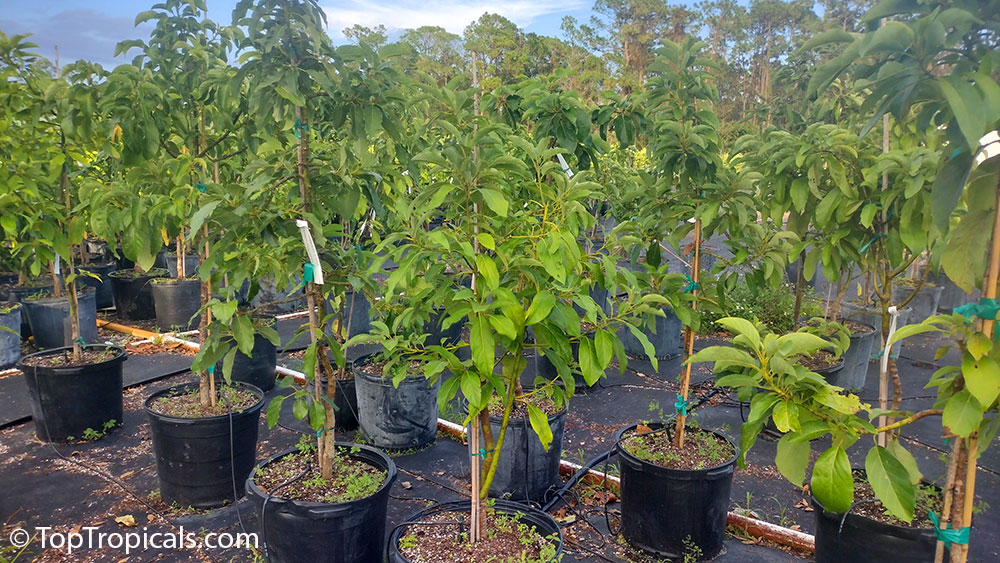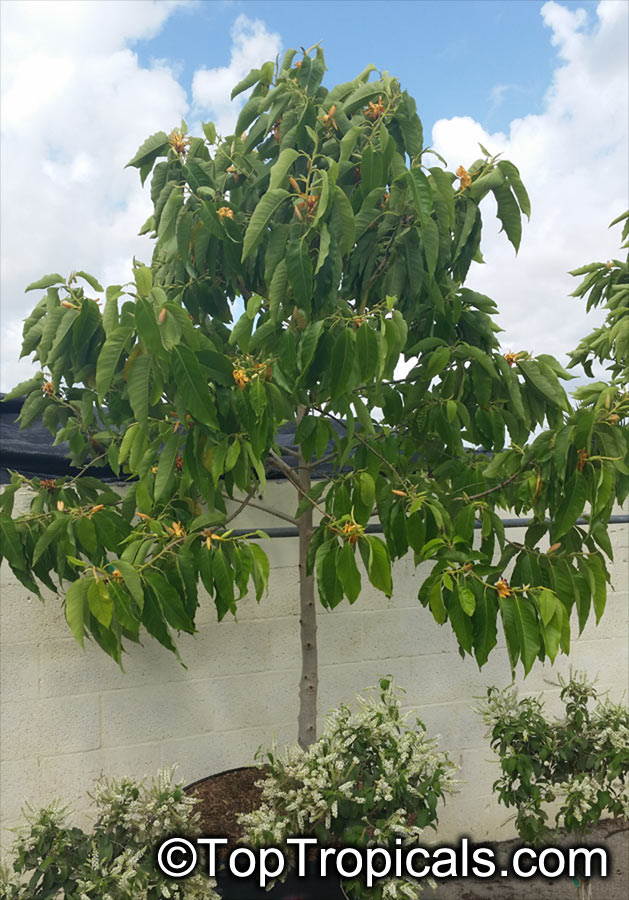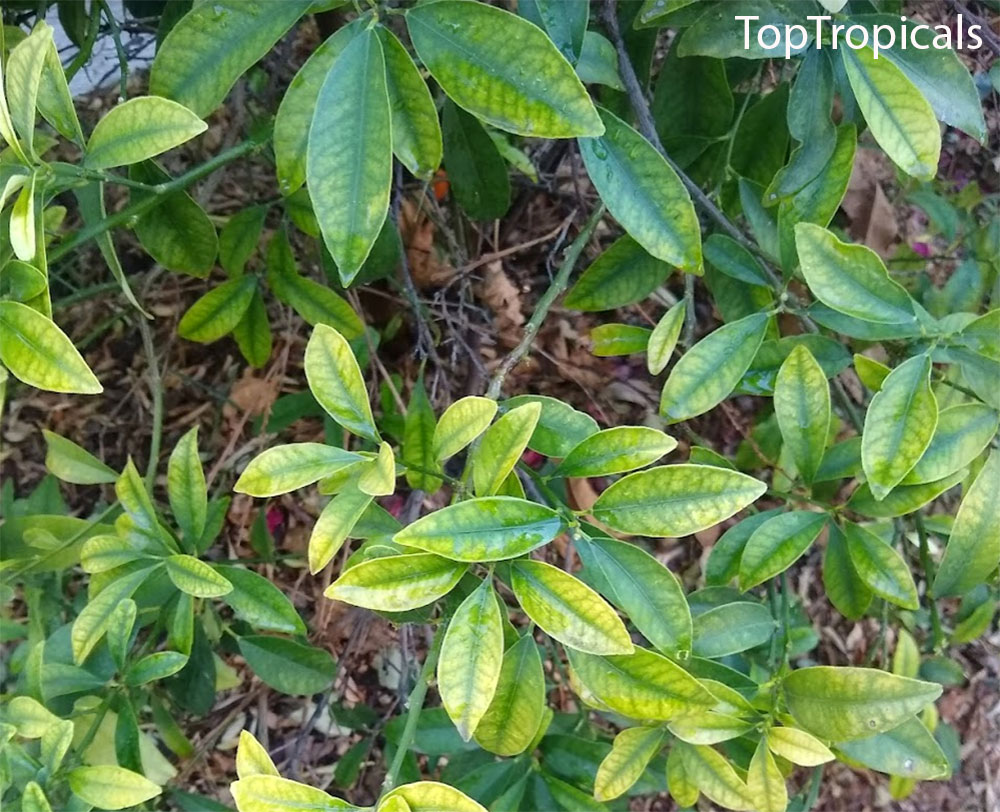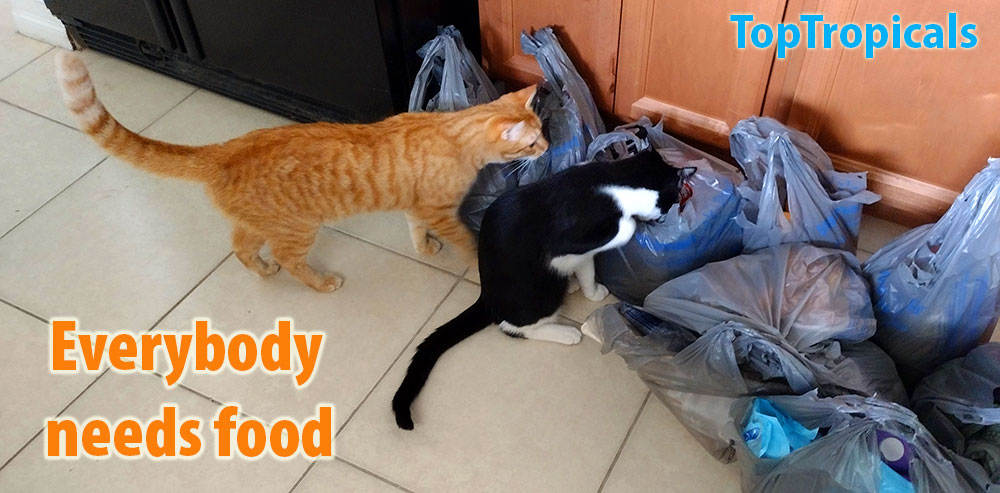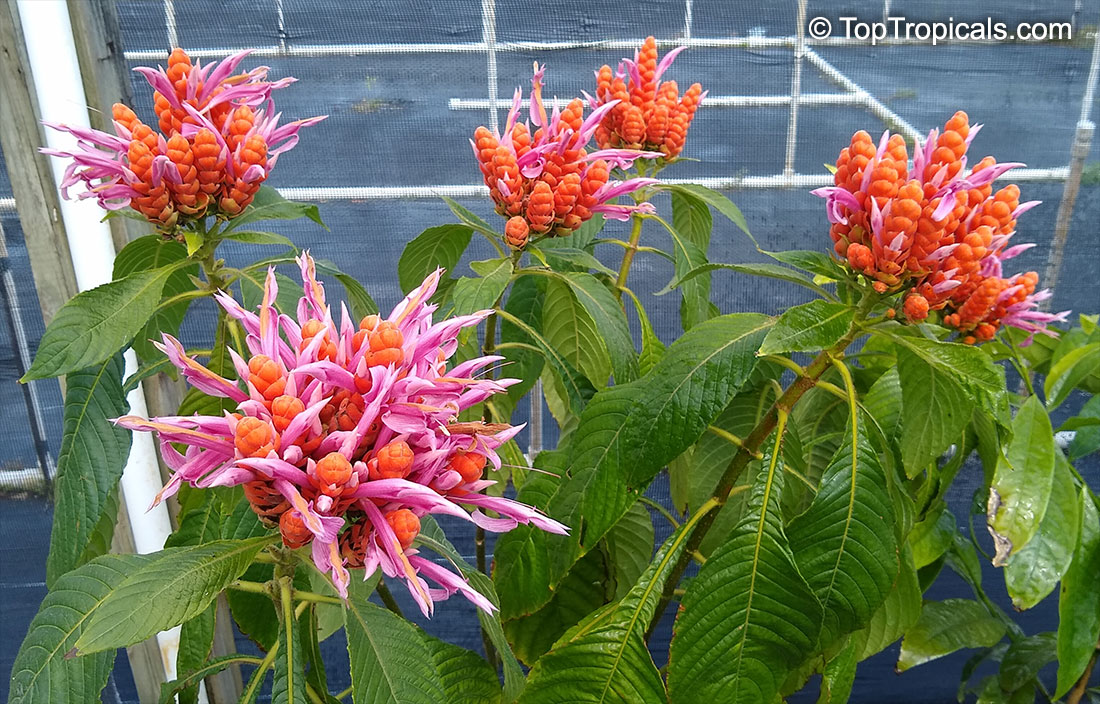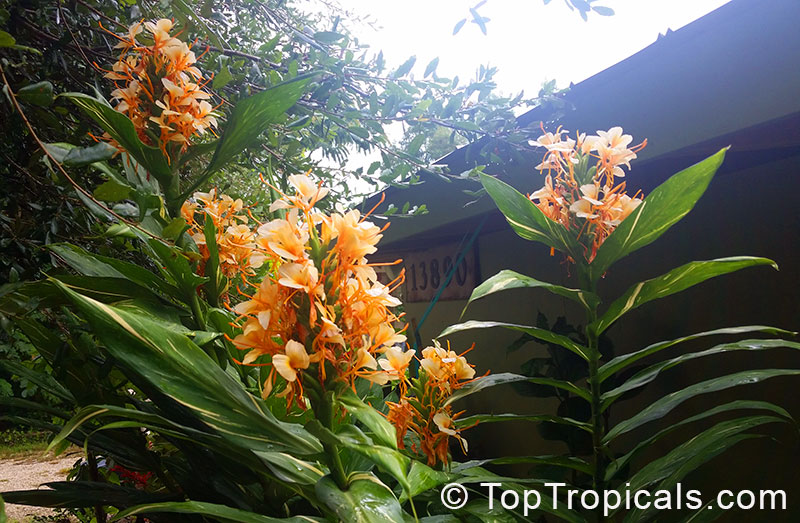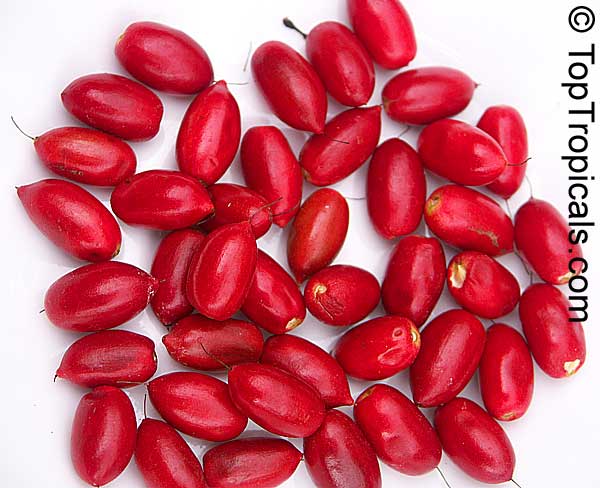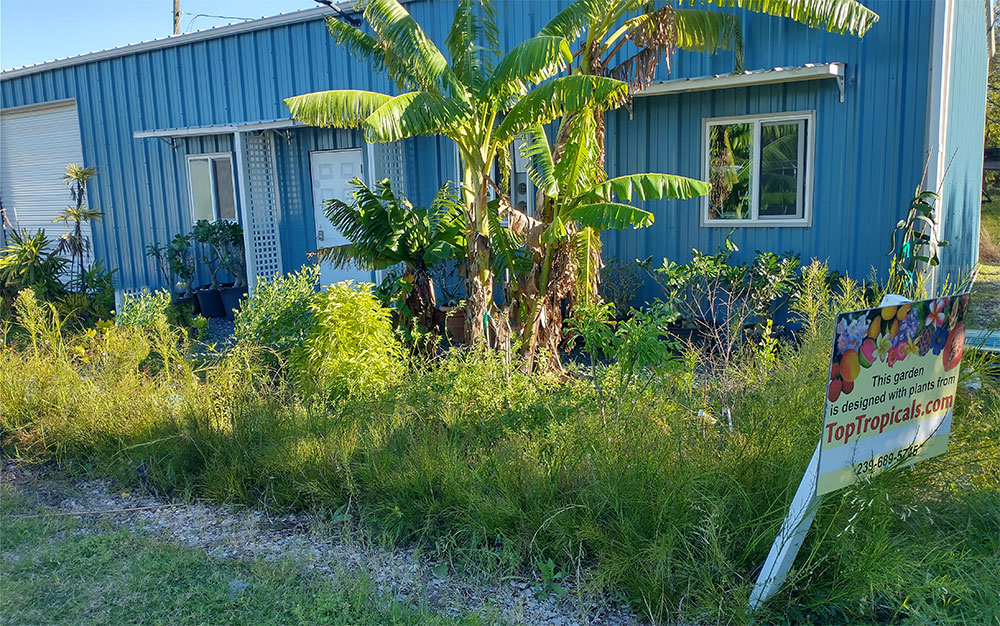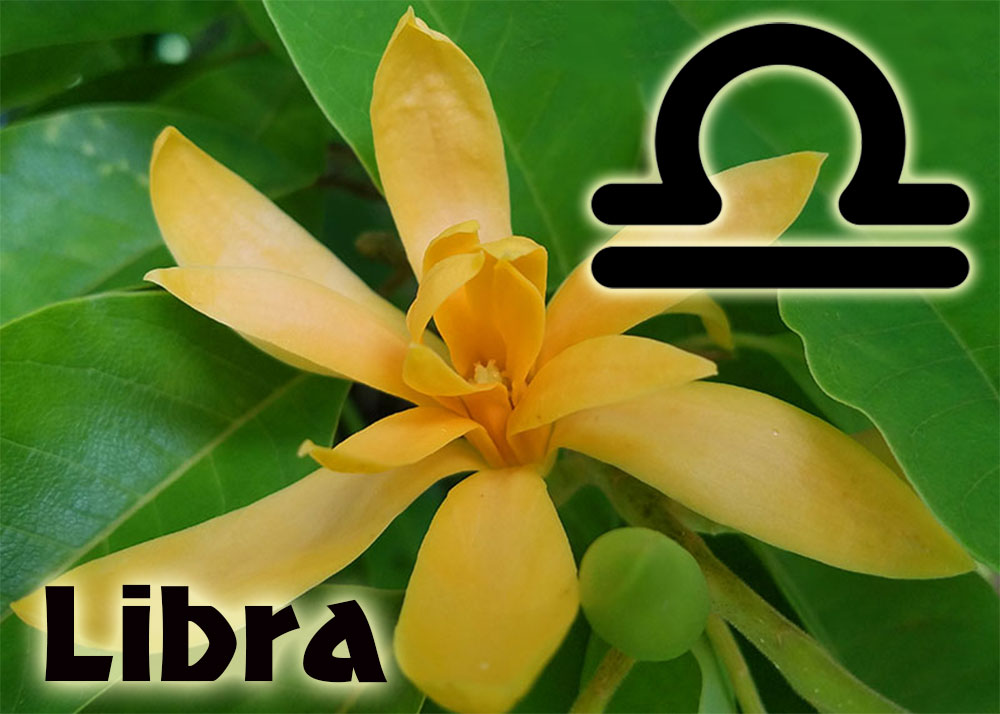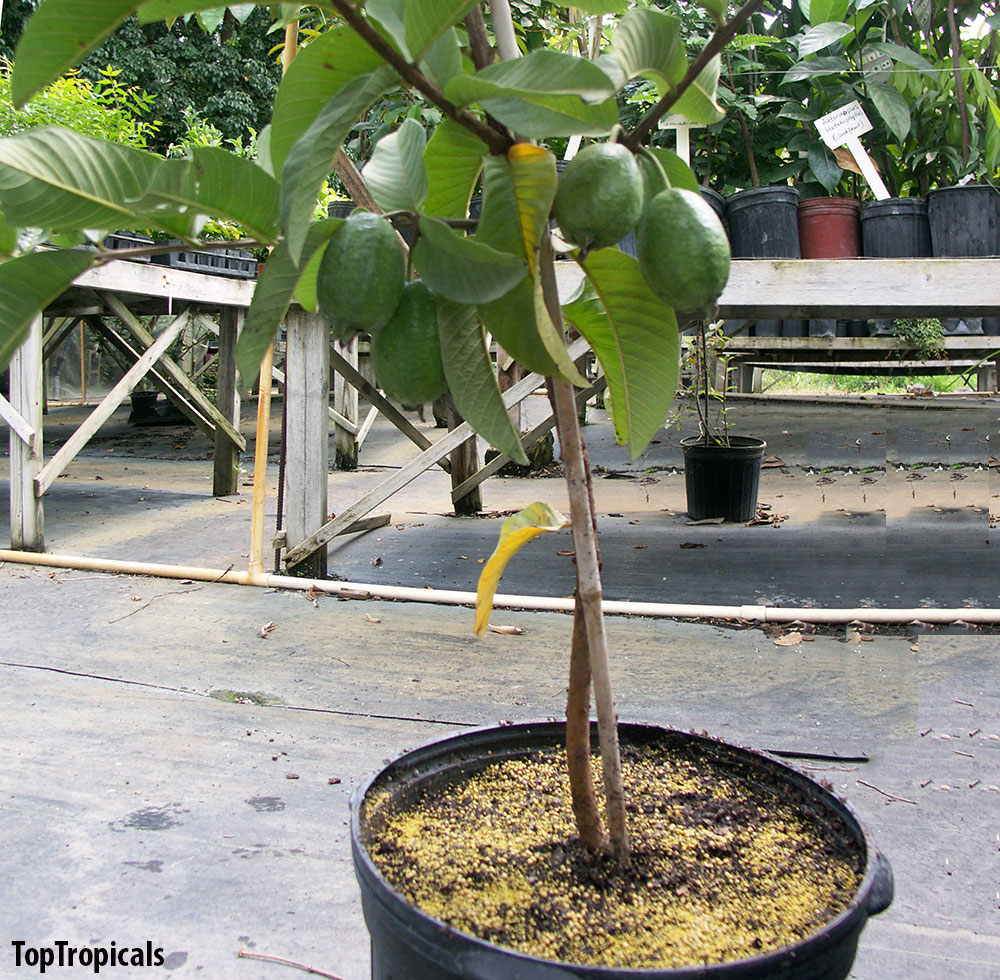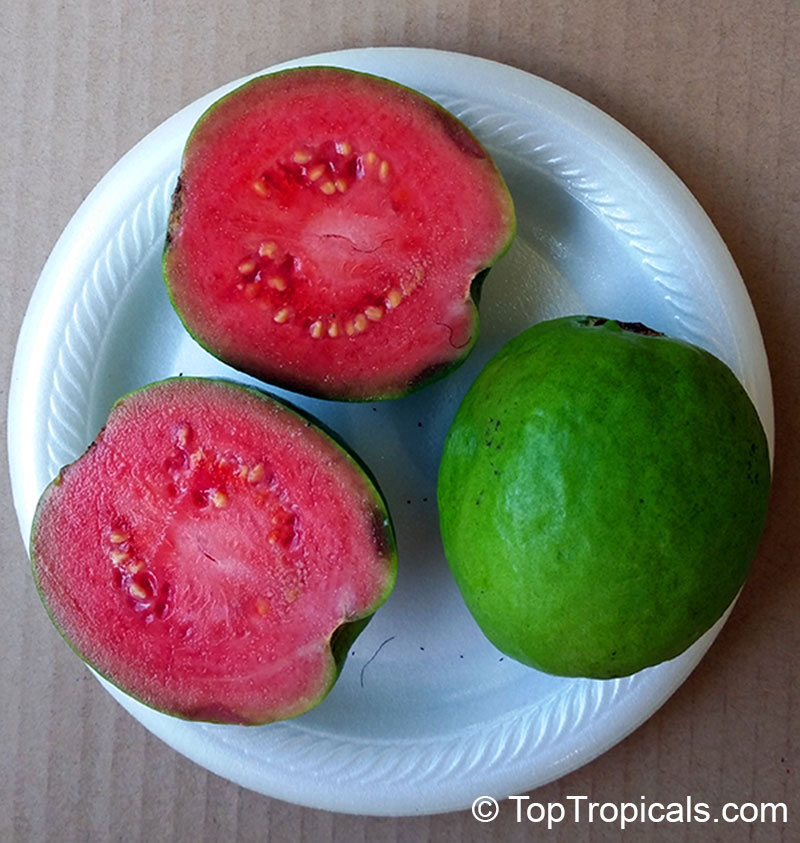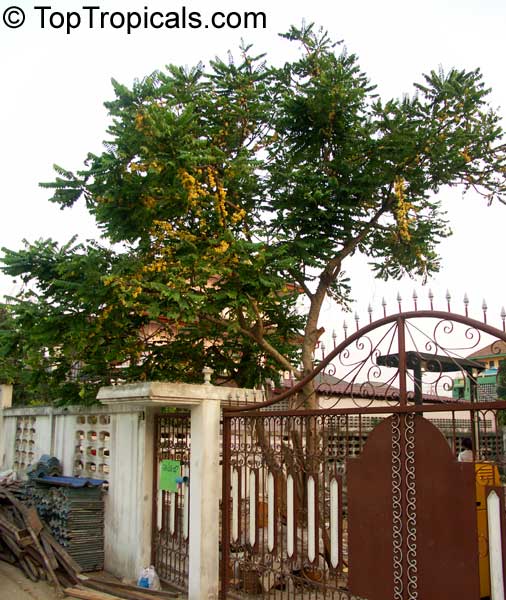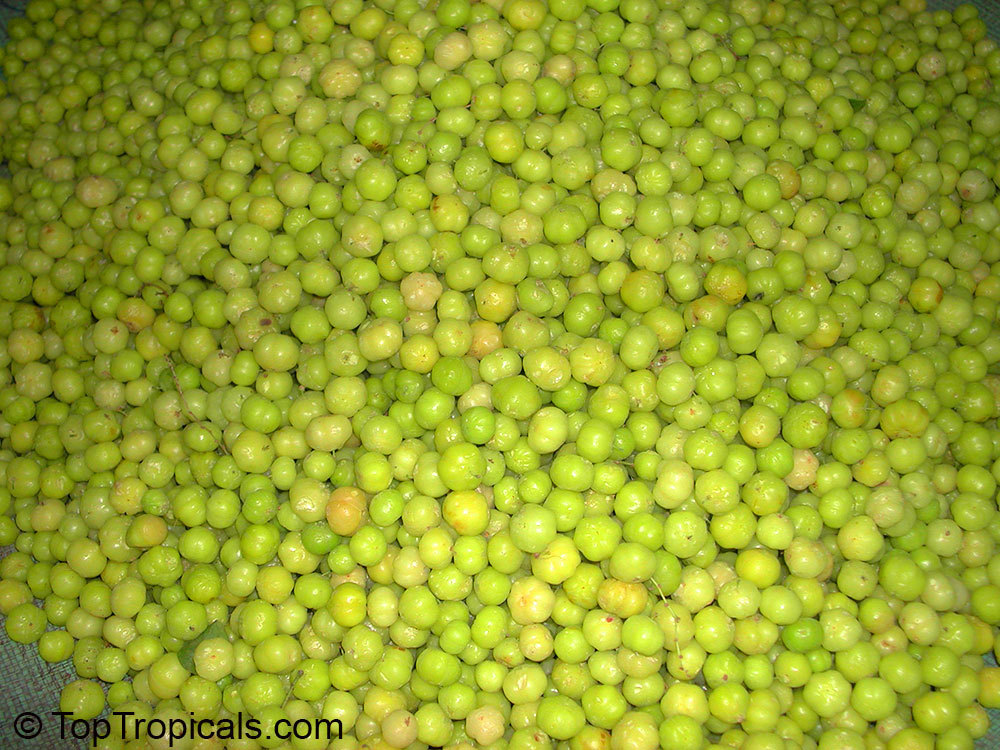Garden Blog - Top Tropicals
Date:
Project Ian
A letter from a gardener:
"We just want our paradise back!"
"...My name is Ian, and I am a 21 y/o Natural Resource Management
student at South Dakota State University. In 2006, my family found a small
barrier island lush with foliage and virtually untouched by the modern world, and
we fell in love. Little Gasparilla Island became a piece of our family and
now after 16 years, we still spend months out of each year enjoying the
island's natural beauty.
Enter Hurricane Ian.
With the eye of the hurricane traveling directly over the island, many
homes and materialistic items were destroyed, but more importantly, the once
beautiful "jungle" is now more comparable to a barren desert.
This is where I was hoping to get some help... to restore the beauty of
Little Gasparilla. After almost 3 weeks, neither the county nor FEMA has made it
out to survey our island. And it is almost as if we feel forgotten. After
fending for ourselves for clean-up, I am ready to get to work on landscaping.
Plants are my passion and it pains me each day to wake up and see that 90% of
our Australian and Norfolk Island Pines are completely gone, along with most
foliage and palms.
We just want our paradise back, and many of us will work for it by any
means necessary..."
We replied to Ian who suffered from Ian... We are willing to help his beautiful island, as well as everyone who is looking for help restoring our Florida beauty. Check out our deals and re-leaf discounts we send in our Newsletters. Remember to attend our Garden Festival on Nov 19, with some big discounts as well as free plants for after-Ian re-leaf!
We will make Florida beautiful again.
We will call it Project Ian!
Date:
This Fall Special:
Avocados and Champakas in large containers
The clean-up and restoration after Hurricane Ian continues for many of us across Florida and the Southeast. Some people In SW Florida lost their homes, and almost every home owner lost a tree or even the whole garden. TopTropicals is here to help. We started introducing special Re-Leaf offers to help local gardeners replace broken trees. When it's time to restore your garden, we have 15-25 gallon Avocado trees in many varieties and oversized Magnolia Champaca trees available for pick up at our Fort Myers Garden Center or B-Farm in Sebring.
These trees are 6-8 feet tall (some larger) and ready to bear fruit!
Please call or visit our Garden Center to select your own tree.
Delivery and installation available
Limited time offer!
Date:
Fertilizing in Fall:
Plants need food too!
Q: I know that I am not supposed to fertilize plants in winter. But I just bought several ground orchids from you, they are blooming now and I wonder if I can give them some food to support their bloom energy? When should I do the last application of fertilizer? I will keep them in a sun room during Winter until Spring.
A: Traditionally, end of October to November is the time when we
give the last dose of fertilizer to our tropical plants. Liquid fertilizers,
and especially amino-acid based Sunshine Boosters, are safe to apply year around. This means, you can
continue feeding your plants with Sunshine Boosters through the Winter without
risk of over-feeding or burning roots. Why?
The answer is very simple: even with their metabolism slowed down in
Winter, plants will use all that food.
Sunshine Boosters have special mild formulas that are scientifically
designed and based on Amino Acids. Plants will use all essential elements from the
solution as needed.
Liquid fertilizer is diluted in water, and will be applied only when you
water the plant. During Winter, water needs are lowered = watering times are
less frequent, with less amount of water = the plants will get less water and
less fertilizer accordingly.
Importance of micro elements
in combination with plant food during winter
In the photo: winter chlorosis on Kumquat leaves that is very hard to treat and should be prevented instead
Keep in mind that feeding your plants regularly during Winter will help to avoid "winter chlorosis" and other deficiency problems. So called "cool-temperature-induced chlorosis" (CTIC) is especially common in Spring on young, actively growing leaves. Unless chlorosis is prevented by micro-element applications, affected leaves may remain in this condition for the rest of the growing season.
Make sure to select proper type of fertilizer for your over-wintering plants. We have special formulas for foliage, flowering plants, fruit trees, young seedlings, even for for orchids and bromeliads. Check out our selection!
Date:
Re-Leaf discount extended!
The prettiest plants of the month
Aphelandra sinclairiana - Panama Queen
We thank everyone who made a purchase in the past few days, you made a big difference! We continue clearing debris and rebuilding our greenhouses. Thanks to your support, we will be able to get our plants ready for winter! This is what we are doing this month:
rebuilding woodframes for greenhouses
installing new shade cloth and plastic
cutting fallen trees
getting new equipment that suffered from flood
adding rock in the nursery to be ready for the Fall Festival
You help us - we help you!
Ask for more RE-LEAF specials when you visit our Garden Center!
Hurricane Ian re-leaf discount extended
For 10% off your entire order, use this code:
IANRELEAF
Use this code on top of our fantastic deals and make it a
super deal:
As low as $5
sale of selected items
Secret
Garden - 50% off
Min order $100. Exp. 10-08-22.
Hedychium flavum x coccineum Dr. Moy - Variegated Hardy Ginger Lily
Date:
A Miracle for every special
garden:
Synsepalum - Miracle Fruit
...Every tropical plant lover wants to have this plant in their collection. And there are at least three good
reasons for it:
1) it is a true miracle fruit
2) It enjoys growing in a pot, stays compact and brings you miracle berries nearly year
around
3) it can be grown indoors as it has very low water and light needs.
Miracle fruit is one of the strangest tropical fruits. The most unusual thing about it is the effect it has on one's taste after this miraculous berry has been consumed. The "miracle" is that if lemon or other sour food is eaten after the miracle fruit, the sour tastes sweet, as if sugar has been added. That kind of magical experience is unforgettable! The interest in this plant is so high that anyone who has a plant always finds eager volunteers to test its sweetening properties. A natural chemical in the fruit masks the tongue's sour taste buds so that lemons taste like lemonade or lemon pie, or lemon candy; beer tastes like Malta drink, sour strawberries taste super sweet, and a grapfruit tastes delicions and not bitter! What causes the miracle? The fruit has a unique taste changing glycoprotein that inhibits tastebuds' perception of sour taste. The sweet sensation lasts for half an hour to a few hours...
Date:
For the Love of Plants:
We are still standing!
(ok, maybe leaning over a bit for support)
We've been here before, storms are not new to us, and each time, as we survey the damage, start the clean-up process, and prepare to move forward, we are asked the same question by our friends and neighbors, "You must really love what you do to deal with the drought, floods, freezes and storms and pick yourself up and do it all over again?!"
Well, the answer is yes; yes we do love this way of life. Bringing the beauty and vitality of tropical plants to thousands of customers, many of which have been with us since the beginning 20 years ago, is our purpose. It is a labor of love and our reward is seeing so many people discover their joy in and with our plants!
So we will put it all back together, we will continue to do what we love and we hope to continue to have your support along the way.
Next Saturday, October 8 is our October Fall Festival. We have spent weeks planning this special event and the show will go on! For you, that means continued specials all week, a chance to attend in person or participate virtually in our event on Saturday, and the ability to help us as we get set to do it all over again!
Please watch for our newsletters as we approach our October Fall Festival!
Date:
Plant Horoscope:
Libra Lucky Zodiac Plants
09/23-10/23
By Alex Butova, the Witch of Herbs and Cats
...We already know that most fortunate "green thumbs" have Air signs -
Gemini, Libra and Aquarius - and between them, the "greenest" thumb belongs to
Libra. The light of a distant greenish star Zuben-el-Shamali, which controls
not only the stability of the Universe, but also gives to people born under
this sign the opportunity to make our world better and more beautiful by
growing of all kinds of plants. This is the main purpose of Libra.
...Under Libra's green thumb, everything they touch grows and blooms. The
plants with large light-colored flowers and a delicious fragrance will be most
beloved by Libra...
CONTINUE READING >>
Photo above: Alpinia nutans (False Cardamom, Cinnamon Ginger)
Date:
Guava, the easiest container fruit tree
Grow Your Own Food
Guava is one of the most popular and well-known tropical fruit because
it is so tasty, sweet, juicy and flavorful! Many people are familiar with it
because of the large number of products made from this aromatic fruit. But
very few people know that Guava tree culture is very easy and this plant can
fruit in a pot right away. Guava tree start blooming and producing fruit as
small as 1 gal pot size. It can be kept in compact shape, responds well to pruning, stays bushy and grows very fast. It
is a perfect container fruit tree or a specimen for a tropical garden of any
size.
Upon ripening, the fruit becomes soft and juicy. It may be eaten fresh,
made into a juice or nectar contain fruit pulp, or made into preserves, jam,
jelly, or paste. A distinctive, savory-fresh aroma of fruit is thermo-stable,
thus survives processing. The guava is an excellent source of vitamins C and
A.
The plant is relatively cold hardy. Our young trees, 3 months after being
planted in the ground were exposed to a short period of freeze last winter
(mid-20's) but they grew back without significant damage. Try to keep Guava
cold-protected for the first winter, then it will be much hardier once
established.
Guavas are fast growers and heavy feeders, and benefit from regular
applications of fertilizer. Make sure to get some Sunshine Boosters fertilizer: Sunshine
C-Cibus - Crop Booster, and feed them your round.
Date:
Ceiba pentandra, Kapok Tree:
Maya's Sacred Tree at the Center of the Earth
by Alex Butova, the Witch of Herbs and Cats
...Everybody who sees this tree for the first time, always says "What's THAT???" And everybody wants to have one! Kapok Tree is a large, magestic, gorgeous shade tree that just requires a little bit of space in your garden! It is definitely a conversation piece and is a must for every botanical garden or a large private tropical tree collection. Kapok is a fast growing tree, however, it may take many years to reach its mature size. It is worth the wait though!..
Date:
The fruit of Heaven:
Phyllanthus acidus - Amlak, Otaheite Gooseberry
Grow Your Own Food
This is a fun rare fruit tree to have if you like lemonade and believe in Vitamin C benefits! The tree is super easy to grow, relatively cold hardy and doesn't require any special care. It is a fast growing plant, however the mature tree is only about 20 ft so it will be well suited for any size garden, even container garden. As you can see, it happily fruits in a pot. Bright yellow fruit are beautiful and curious, they always make a conversation piece!
About Otaheite Gooseberry
Otaheite Gooseberry, or Amlak, is a rare tropical fruit tree from SE Asia and India, very
close related to Phyllanthus emblica (Amla, Amlaki), however it is much cold
hardy than Amla. Known as Amritphala in Sanskrit, which literally means "the
fruit of heaven" or "nectar fruit". It is so called because it has many
helth benefits. Amlak is one of the favorite fruit of Indian people who definitely know what is good for
you! Fruit paste is a major ingredient of Chavyanprash, a popular Ayurvedic tonic. It is the
richest source of vitamin C.
Fruits are borne in loose clusters, which hang from the tree trunk and main branches. Fruits are esteemed for jellies,
preserves and pastries, and are great for making a delicious lemonade rich in vitamin C. There are no commercial plantings; trees grow only in
home gardens.
You need to have one! Or two. We have only limited quantities.


